Creditors – The Parties Behind A Scheme Of Arrangement
When we talk about a scheme of the arrangement, who are the parties that are usually involved? Today, we will briefly talk about them, namely, the creditors, and what they can do in relation to a scheme of arrangement.
PS: We will deal with the topic of the scheme of arrangement in another article of ours.
How many kinds of creditors are there?
Generally, two kinds, namely:
- Secured Creditors; and
- Unsecured Creditors.
Secured creditors
They are typically the financial institutions that lend money to the company and are usually the holder of a lien/ charge over the company’s movable and immovable assets.
If the company cannot cough up what it borrows, the secured creditor has a legal right to seize the company’s assets, sell them, and pay off any remaining debts that are owed to them.
Unsecured creditors
These are typically individuals or institutions that lend money without obtaining specified assets as collateral. Generally, if refuses to cough up the monies that are owed to them, there will be hardly any recourse for them. This is because the secure creditors will have the first dib on whatever assets the company has. Essentially (and unless a scheme of arrangement is agreed upon by the parties involved), assets that are seized and sold will first be used to repay the debts that are owed to a secured creditor.
What can the creditors do?
A meeting can be ordered by the court (on application by the creditors) to call for a meeting and discuss/ plan for a scheme of arrangement (to rescue a company out of its own financial crisis that could potentially lead to the company being wound up). In this regard, the creditors can:
Adjourn the meeting to agree upon a scheme of arrangement to a later date
This can be done if the adjournment is approved by 75% of the total value of creditors or class of creditors or the members or class of members present and voting either in person or by proxy at the meeting.
Agree upon a scheme of arrangement
The proposed scheme of arrangement must be:
- Agreed by 75% of the total value of creditors or class of creditors or the members or class of members present and voting either in person or by proxy at the meeting or the adjourned meeting; and
- Approved by an order of the court.
What happens if there is more than one class of creditors?
In these instances, the scheme must be agreed by all the groups separately by a majority of 75% before the scheme can be presented before the court and the court can alter the scheme before approving it.
How do we determine who falls under the same classes of creditors?
The way to determine who falls under which classes of creditors can be seen in the excerpt taken from the Federal Court case of Frabcus a/l Augustine Periera v Dataran Mantin Sdn Bhd & Ors and Other Appeals, which says that:
“A class of creditors is determined by their common interest, such interest separating them from other creditors with whom they are unable to consult together in respect of that common interest. In Sovereign Life Assurance Co v Dodd, Bowen LJ formulated a test to determine which creditors fall into a separate class as follows — that a class ‘must be confined to those persons whose rights are not so dissimilar as to make it impossible for them to consult together with a view to their common interest’.”
Essentially, the classes of creditors are determinable by their common interest and the fact that they are able to consult together with a view to achieve a common interest between them.
Is the scheme binding on all including the minority voices?
Yes, as long as they are involved in the exercise even though there are some who are against the scheme (minority voice).
Will every creditor be included in the scheme?
No. The court in Jin Lin Wood Industries Sdn Bhd and Others v Mulpha International Bhd states that not all creditors will be called up and to be included in the scheme. However, such exclusion must be justifiable.
Why?
It is to ensure that unsecured creditors do not usurp the rights of a secured creditor i.e. getting paid before the secured creditors do.
The information provided on this website does not, and is not intended to, constitute legal advice; instead, all information, content, and materials available on this site are for general informational purposes only. Information on this website may not constitute the most up-to-date legal or other information.
For further inquiries, please email us at general@mathews.my.

